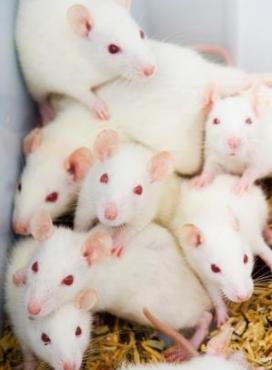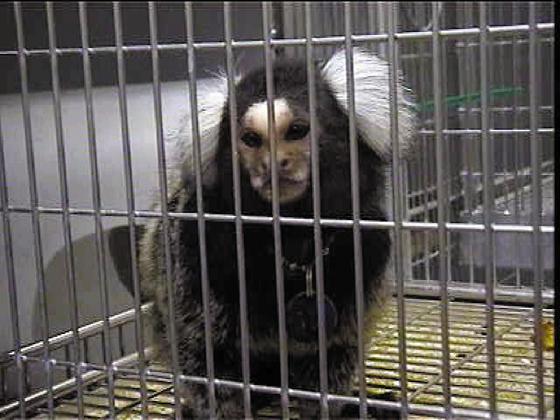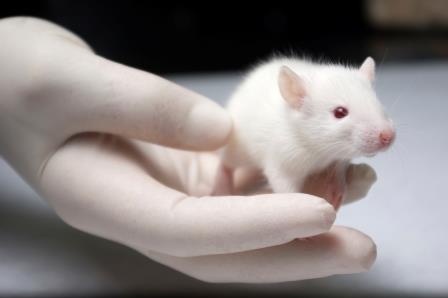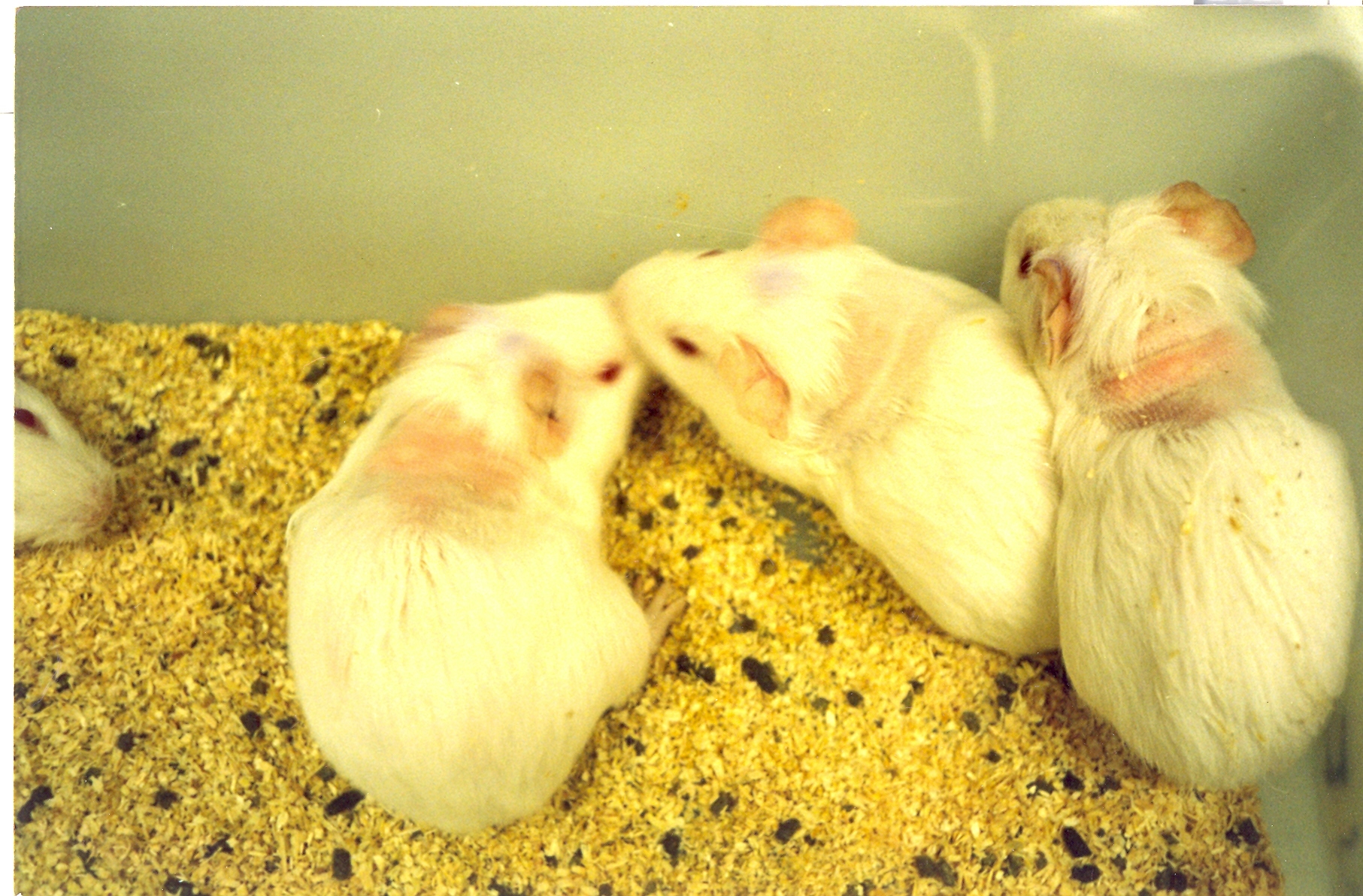Types of animal testing
Animals are suffering and dying in a range of cruel tests.
Animal testing is carried out in a wide range of areas, including biological research, and testing medicines and chemicals. Even animal testing for cosmetics is still allowed in 80% of the world.
Fundamental research
‘Fundamental’ biological research is designed to answer ‘interesting’ scientific questions that animal researchers speculate might be useful medically in the future. It is not testing new medicines for humans or other animals.
The likelihood of such speculative research actually leading to advances in human medicine is very slim. For example, a review of 101 high impact discoveries based on fundamental animal experiments found that only 5% resulted in approved treatments within 20 years.
Sadly, important reviews such as these are rare. It is much more common to hear about scientific ‘breakthroughs’ where data from animal tests are hyped as the key to success. Unfortunately, many of these stories fail to present the full picture and often lead to dashed hopes when new treatments for humans fail to materialise.
Fundamental biological research constitutes the most common use of animals in experiments around the world. It accounts for 46% of the total experiments carried out in Europe. This type of research is normally carried out by universities, which are now responsible for conducting half of all experiments in the UK.
Genetically modifying animals
The use of genetically modified animals (GM) has been an increasing trend for the last 20 years. They now account for over half of the total number of animals used in experiments in the UK.
Mice and other animals are being bred with specific genes ‘knocked out (deleted)’ or ‘knocked in (inserted)’ into the cells of their bodies. These genes are known to be important in human medical conditions.
Far from being harmless tests, many of the animals die while they are still babies because the defect they have been bred with is so severe.
The sheer scale of the use of GM animals is hard to determine. Many GM animals are bred and not used in subsequent experiments and not all the animals used in GM breeding are recorded in government statistics (something we would like to see changed).
Experiments using GM animals are rarely able to mimic the complexity of how certain diseases are actually caused in humans. For example, the majority of cancer and heart disease cases are caused by lifestyle and environmental factors, rather than genetics.
Testing for regulations
Regulatory testing is standardised testing designed to see if medicines, chemicals (including paints, dyes, inks, petrol products, solvents, tars and waste materials), cosmetics and other products are safe for use, and that they do their job effectively.
In these experiments, animals are forced to eat or inhale substances, or have them rubbed onto their skin or injected into their bodies. The animals are then subjected to further monitoring and testing before almost always being killed, so that researchers can look at the effects on their tissues and organs.
Cruelty Free International is successfully putting pressure on companies and regulators to reduce the number of animals used in this type of testing. We are encouraging regulators to delete tests that are no longer required from legislation and guidelines, and to adopt scientifically validated alternatives.
However, progress remains slow and much more needs to be done. Thousands of animals continue to be used worldwide for tests that already have available alternatives. For example, there were 123 cruel Draize skin irritation and 40 Draize eye irritation tests carried out on rabbits in the UK alone in 2018, even though there are validated and more human-relevant alternatives available.

Carcinogenicity tests use 400 rats or mice who are fed a substance to see if they develop cancer. These tests last two years, cost 1 million Euros each and have been shown to be highly unreliable.





